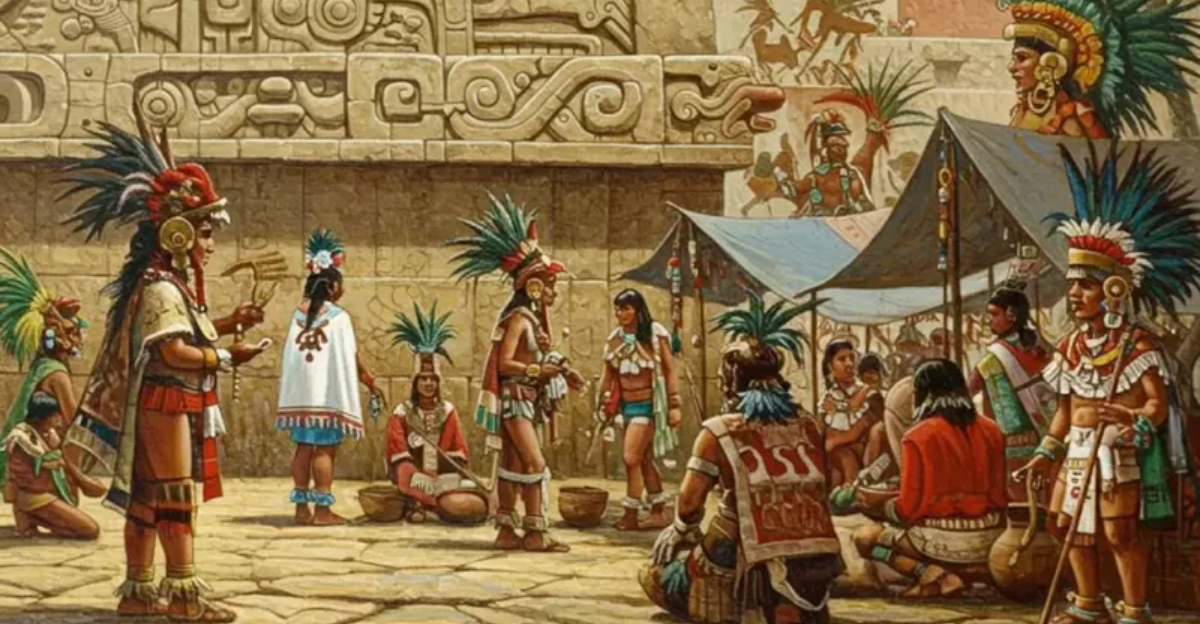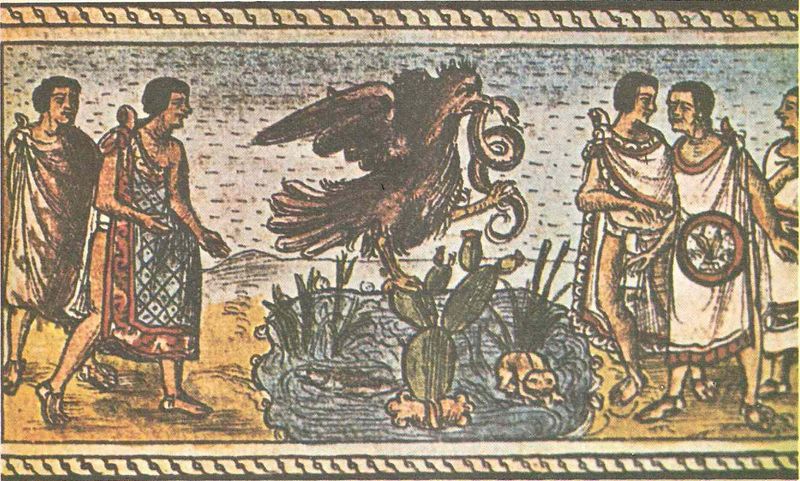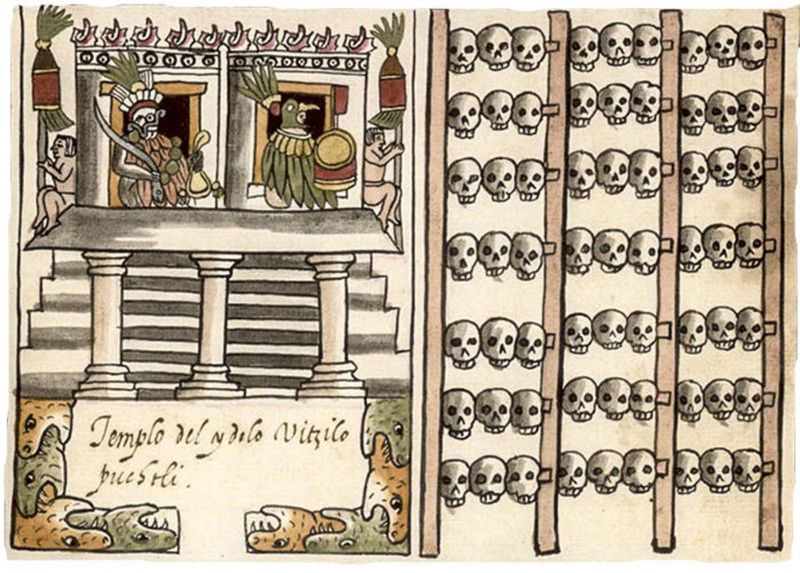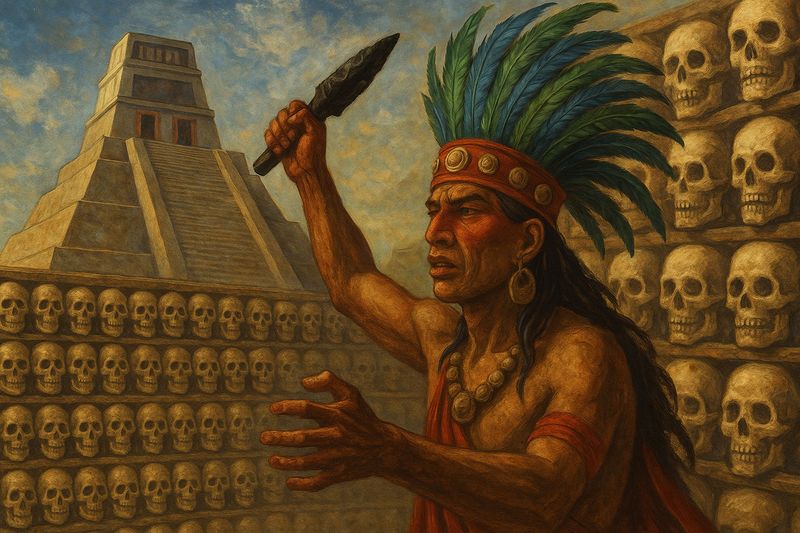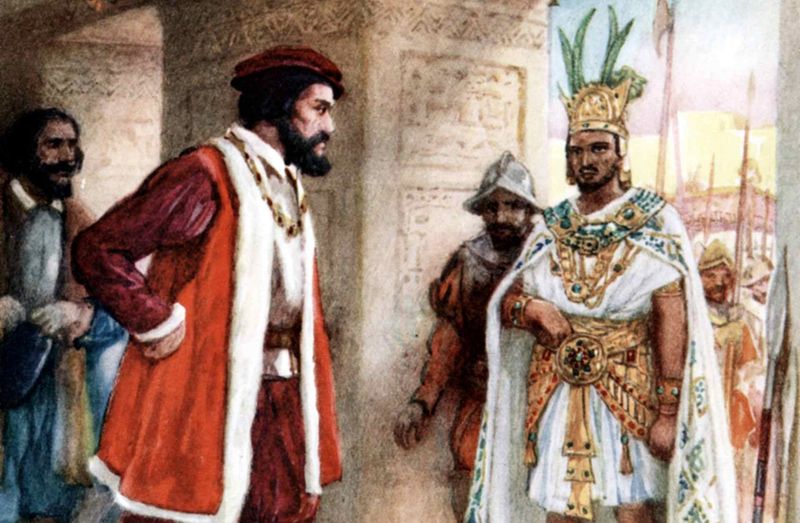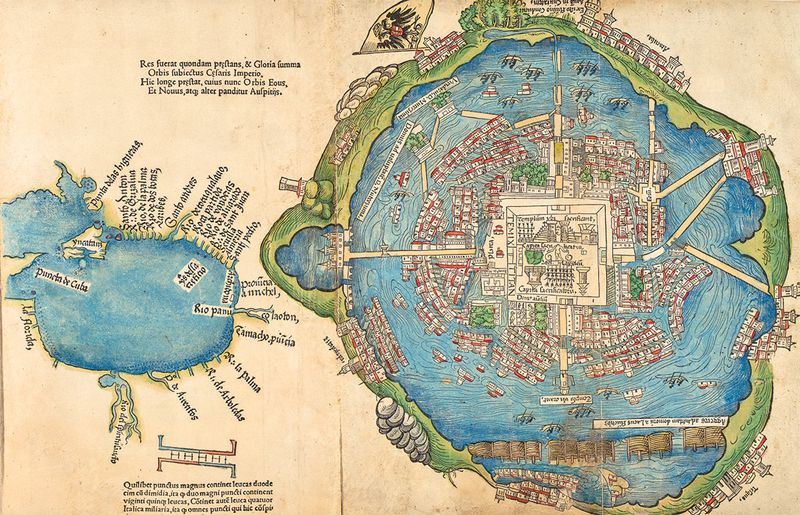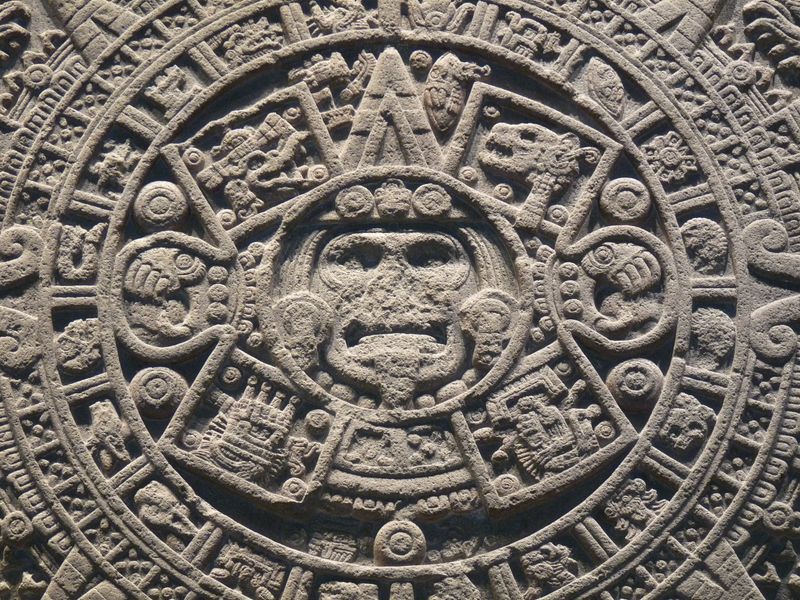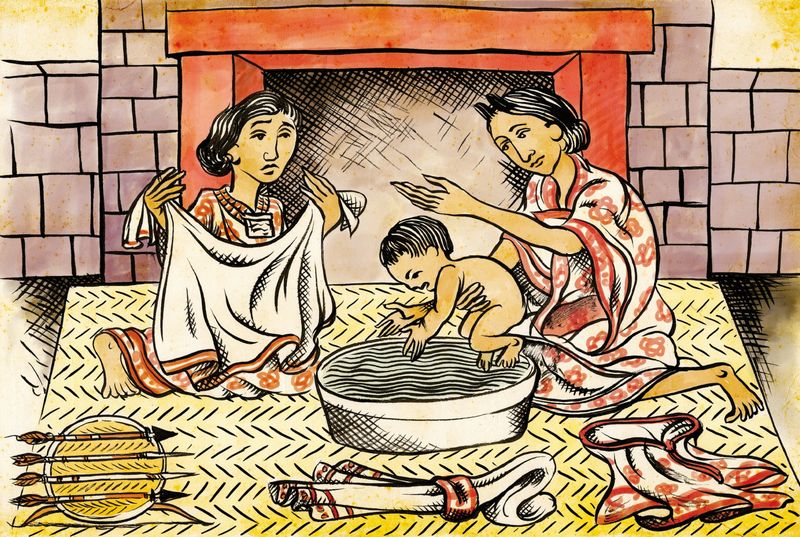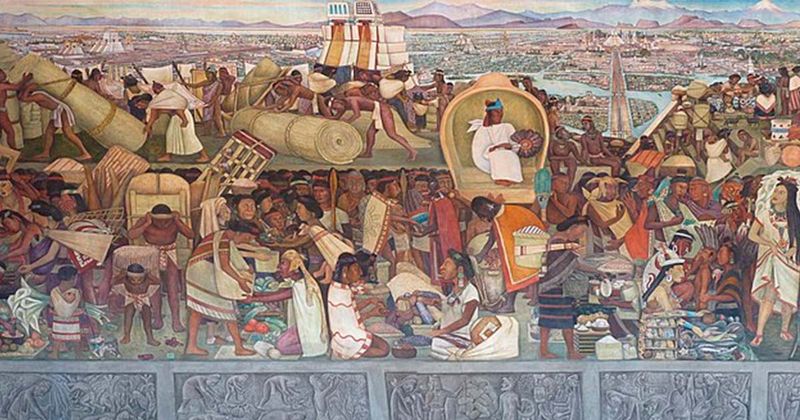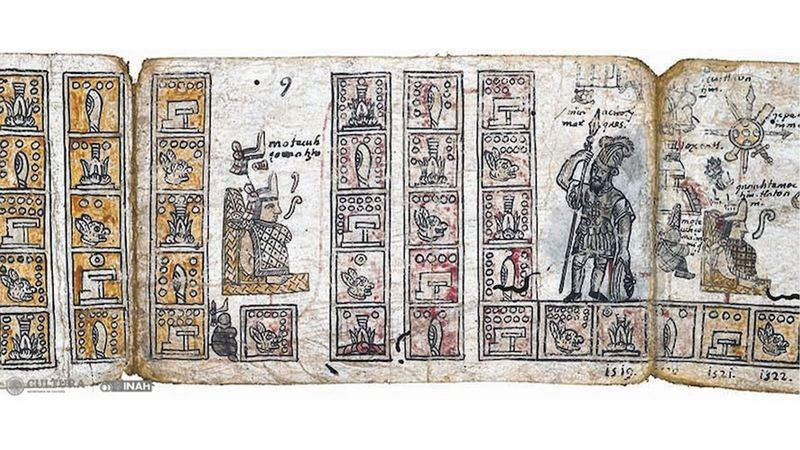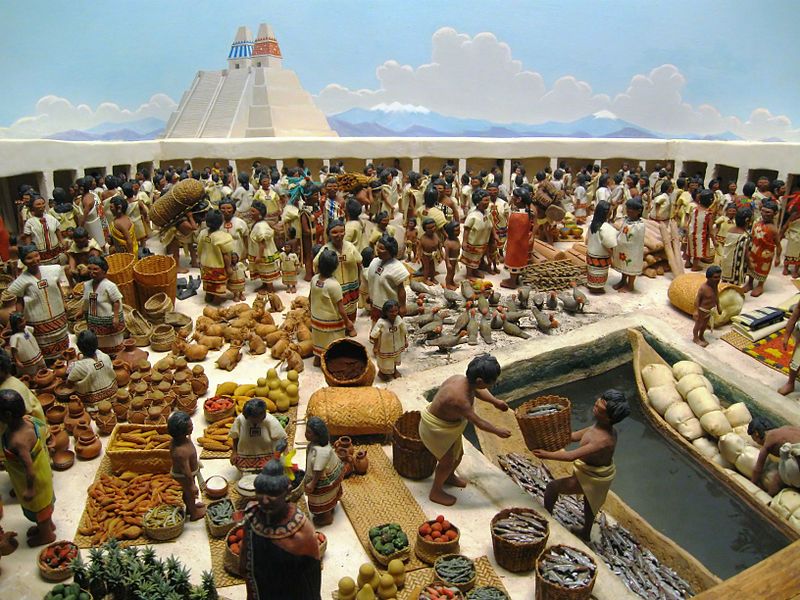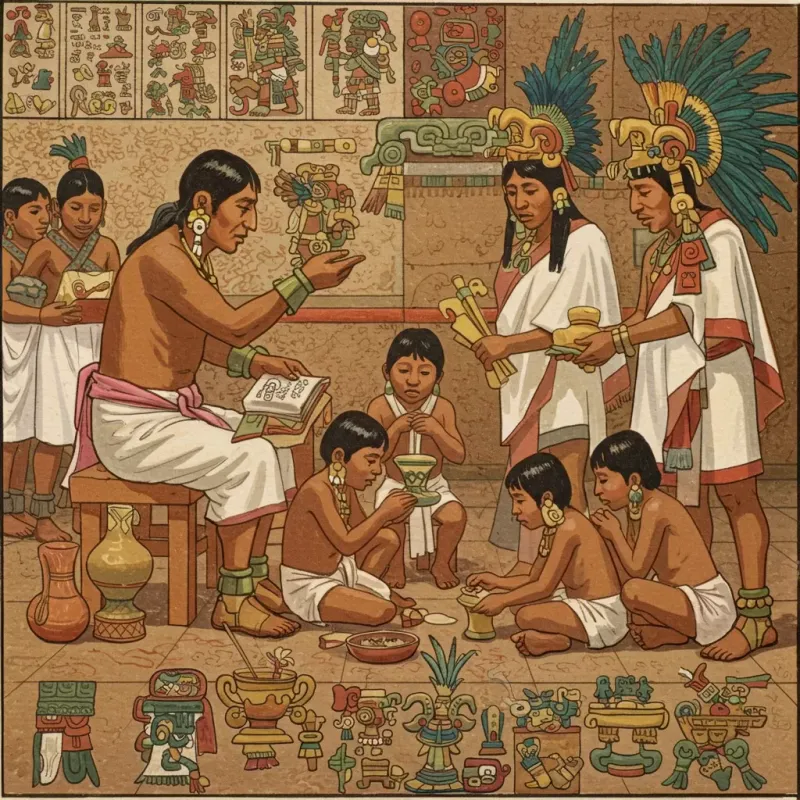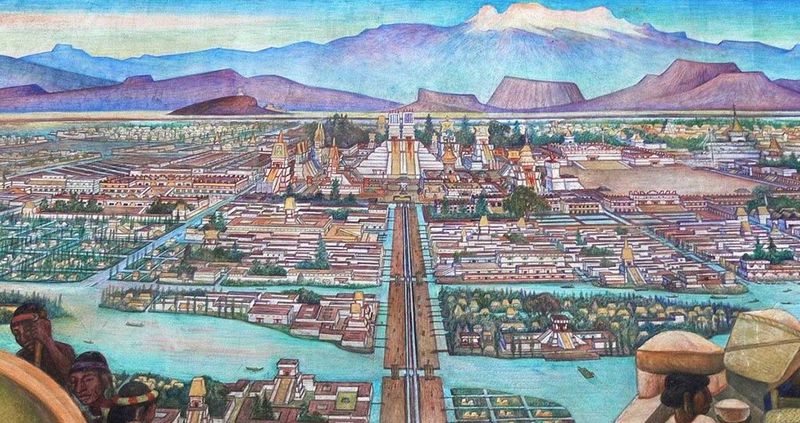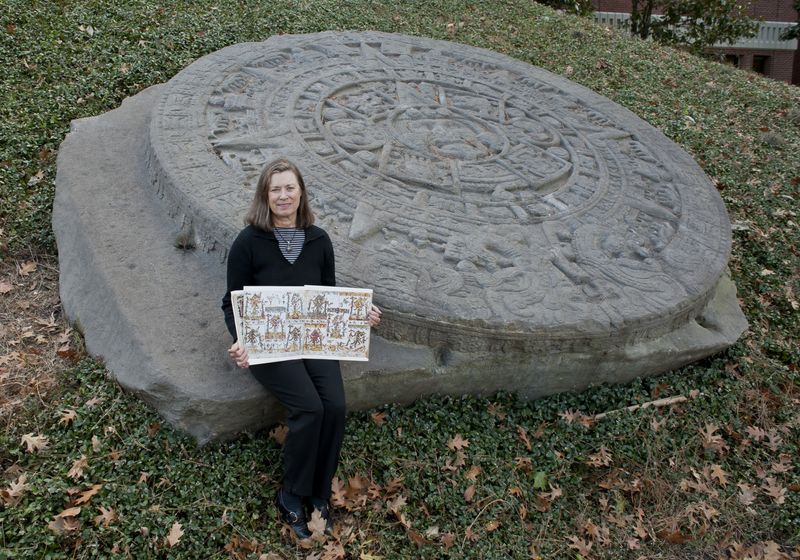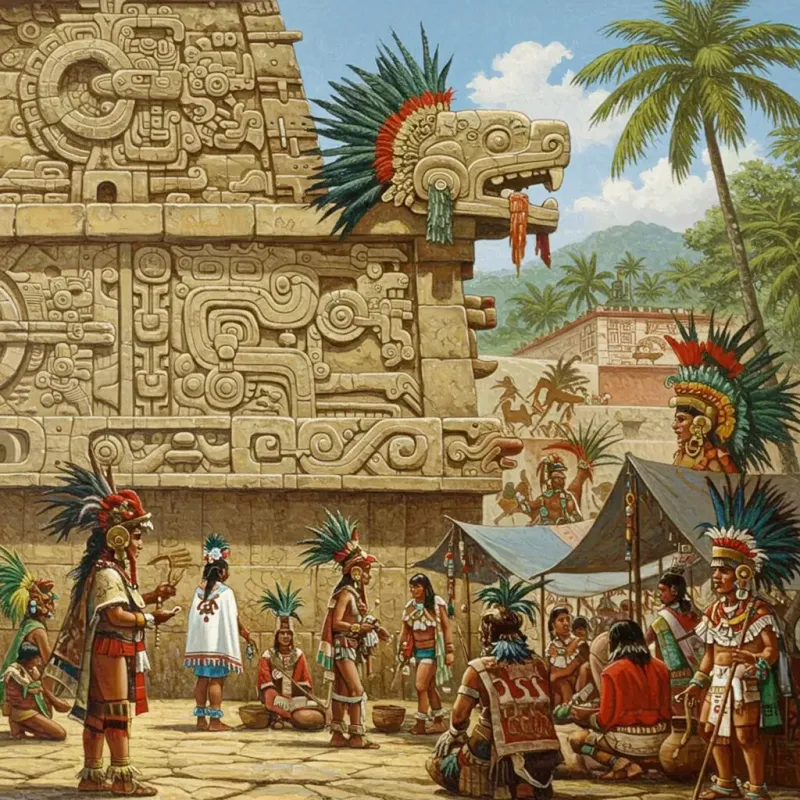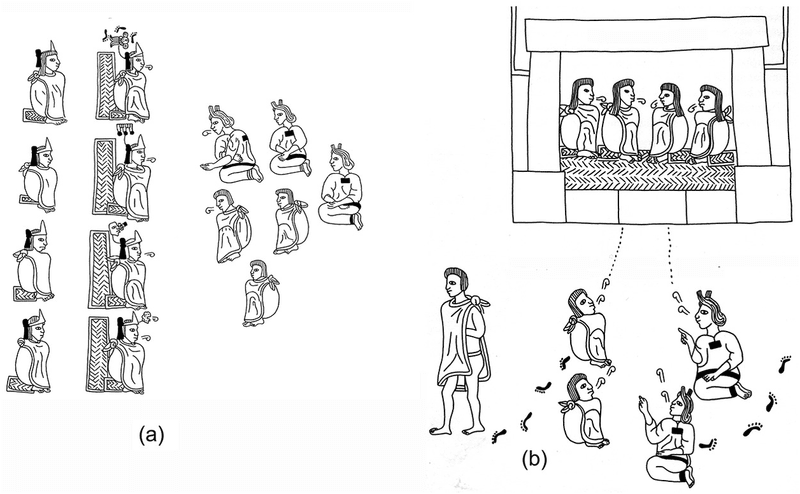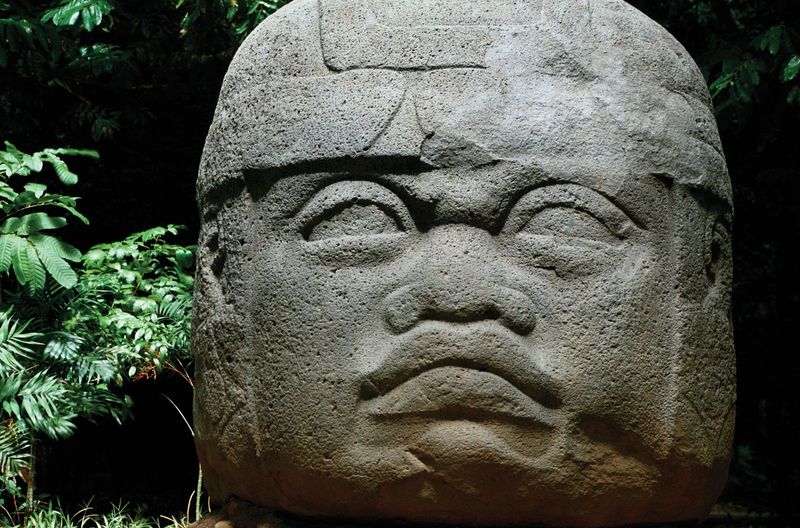The Aztec civilization, rich in culture and mythology, has long been subject to misconceptions and myths that have persisted over time. Here are 17 commonly held beliefs about the Aztecs that have been debunked by modern scholarship.
1. The Aztecs Called Themselves ‘Aztecs’
Despite popular belief, the Aztecs did not call themselves ‘Aztecs.’ Instead, they referred to themselves as the Mexica. This misunderstanding arose because European scholars coined the term ‘Aztec’ to describe the civilization. The Mexica were a Nahuatl-speaking people who founded Tenochtitlan, and their identity was deeply tied to their city-state.
This myth has significant implications for historical understanding, as it shapes the way we perceive the people and their culture. Recognizing them as the Mexica provides a more accurate reflection of their societal structure and identity.
2. Human Sacrifice Was a Daily, Mass Event
The imagery of daily, mass human sacrifices in Aztec society is largely exaggerated. While sacrifices did occur, they were not indiscriminate. Typically linked to religious ceremonies, these sacrifices involved captured warriors or willing participants. The Aztecs viewed these rituals as essential acts of devotion to their gods, ensuring cosmic order and agricultural fertility.
Despite the grisly nature, it was a respected role to participate in these rituals. Modern portrayals often overlook the symbolic significance of these events, reducing them to mere violence without context. This myth obscures the complexity of Aztec religious practices.
3. The Aztecs Were Cannibals
The notion that the Aztecs engaged in widespread cannibalism is a myth, primarily stemming from Spanish colonial narratives. Misinterpretations and deliberate exaggerations by conquistadors fueled these tales to justify conquest. In reality, while there were isolated rituals that included human flesh, it was not a common practice.
These events were more symbolic than dietary. The Spanish accounts often served their political motives, casting the Aztecs as savages. Through modern scholarship, we understand that these stories were often used to dehumanize the Aztecs and rationalize European colonization.
4. The Aztecs Believed the Spaniards Were Gods
The myth that the Aztecs thought Spaniards were gods is an oversimplified interpretation of initial encounters. While astonished by their technology and appearance, the Aztecs were aware that Spaniards were human. This narrative likely emerged from European desires to dramatize conquest.
Modern historians suggest that Aztec leaders, such as Moctezuma, approached the Spaniards with a mixture of diplomacy and strategic caution, not blind reverence. This story illustrates the cultural biases in early colonial accounts and highlights the need for nuanced understanding of historic interactions.
5. The Aztecs Had a Centralized Empire Like Rome
Contrary to the image of a centralized empire akin to Rome, the Aztec political structure was more decentralized. The empire was a loose alliance of city-states under the hegemony of Tenochtitlan. This system relied on alliances and tributes, rather than direct control.
This allowed for a rich cultural tapestry, with diverse local customs and governance structures. The model contrasts with European notions of empire, emphasizing a cooperative dynamic rather than rigid control. Appreciating this distinction enriches our understanding of Aztec governance and societal integration.
6. The Aztecs Had a Single Creation Myth
The belief in a single Aztec creation myth is misleading. In truth, the Aztecs embraced multiple creation stories, reflecting a diverse belief system. A prominent myth is the ‘Five Suns,’ detailing a series of worlds created and destroyed by deities.
These narratives served as metaphors for cycles of nature and human existence. They highlight the interconnectedness of Aztec cosmology and their interpretation of time and space. By acknowledging these varied myths, we better appreciate the rich spiritual landscape that shaped Aztec culture and their worldview.
7. The Aztecs Practiced Primitive Medicine
Aztec medicine was far from primitive. They developed sophisticated treatments using a vast array of herbs and plants, many of which are still used today. Their medical knowledge extended to surgical techniques and an understanding of human anatomy.
Healers were integral to society, blending spiritual and physical healing practices. Their approach was holistic, considering both body and spirit in medical care. Modern studies reveal the complexity and effectiveness of Aztec medicine, challenging the stereotype of their practices as rudimentary and unsophisticated.
8. The Aztecs Were a Dying Civilization Before the Spanish Arrived
The perception of the Aztecs as a declining civilization before Spanish arrival is unfounded. In reality, the Aztec Empire was vibrant and expanding. Their downfall was largely due to European diseases and military conquest, not internal decay.
The thriving city of Tenochtitlan exemplified their prosperity, with bustling markets and impressive architecture. This myth often serves Eurocentric narratives, diminishing indigenous achievements to justify colonization. Recognizing the vitality of the Aztec society enriches our understanding of pre-colonial Mesoamerica and challenges outdated historical perspectives.
9. The Aztecs Had No Written Language
Contrary to the belief that the Aztecs lacked a written language, they employed a sophisticated system of pictographs. These symbols recorded history, rituals, and governance, serving as a form of written communication.
Aztec codices, painstakingly crafted by scribes, offer insights into their political and religious life. This challenges the notion of a solely oral tradition, positioning the Aztecs as literate and record-keeping people. Through these codices, we gain a deeper appreciation of their complex society and intellectual achievements.
10. The Aztecs Were Isolated from Other Cultures
The image of the Aztecs as an isolated civilization is misleading. They engaged in extensive trade and cultural exchanges with surrounding societies, fostering a rich cultural blend. Contact with the Maya, Toltec, and other Mesoamerican cultures enriched Aztec traditions.
Trade routes facilitated the exchange of goods, ideas, and technologies, highlighting their interconnectedness with the broader region. This myth underestimates the Aztecs’ role as a dynamic, engaged society, actively participating in regional affairs and cultural synthesis.
11. The Aztecs Were Solely a Warrior Society
While Aztec society revered warriors, it was far from a militaristic monolith. Artists, priests, and merchants also held esteemed positions, reflecting a multifaceted civilization. The arts flourished, with intricate pottery, textiles, and music contributing to their cultural heritage.
Priests played vital roles in religious ceremonies and education, while merchants facilitated trade and economic growth. This diversity underscores the complexity of Aztec society, challenging the stereotype of a singular focus on warfare. It celebrates a culture rich in creativity, spirituality, and commerce.
12. The Aztecs Lived in Primitive Huts
The stereotype of Aztecs living in primitive huts fails to recognize their architectural achievements. Tenochtitlan, their capital, was a marvel of urban planning, featuring temples, palaces, and aqueducts. These structures showcased advanced engineering skills and aesthetic sophistication.
The city was meticulously organized, with canals and causeways facilitating transport and trade. This myth diminishes the Aztecs’ innovative spirit and obscures their contributions to architecture and urban development. Recognizing their architectural legacy enriches our understanding of their societal complexity and ingenuity.
13. The Aztecs Had No Concept of Time
The belief that the Aztecs had no concept of time ignores their advanced calendrical systems. They developed intricate calendars, like the Tonalpohualli and Xiuhpohualli, reflecting a profound understanding of astronomy.
Timekeeping was crucial for agricultural cycles and religious ceremonies, demonstrating their sophisticated grasp of celestial movements. These systems underscore the Aztecs’ intellectual depth and their integration of science into cultural practices. This myth overlooks their contributions to timekeeping and astronomy, essential facets of their societal organization.
14. The Aztecs Were Uncivilized Savages
The portrayal of the Aztecs as uncivilized savages stems from colonial propaganda. In truth, they possessed a rich cultural tapestry with achievements in art, science, and governance. Education was valued, with schools for both nobility and commoners.
Their legal system was codified, ensuring justice and order. Such depictions served to justify European conquest by dehumanizing indigenous peoples. By acknowledging their cultural sophistication, we challenge outdated narratives and celebrate the Aztecs’ enduring legacy.
15. The Aztecs Had No Legal System
Contrary to the belief that the Aztecs lacked a legal system, they had a well-organized judiciary. Laws were codified, and courts administered justice fairly. This system reflected their commitment to social order and governance.
Judges, often of noble birth, were respected and played crucial roles in maintaining harmony. The legal codes addressed issues ranging from theft to family disputes, ensuring a stable society. Recognizing this aspect challenges stereotypes of chaos and lawlessness, highlighting their sophisticated approach to justice.
16. The Aztecs Were the First Civilization in Mesoamerica
The idea that the Aztecs were the first civilization in Mesoamerica is incorrect. They were preceded by advanced cultures such as the Olmec, Maya, and Toltec. These civilizations laid the foundations for Aztec society, influencing their architecture, religion, and governance.
Acknowledging this lineage enhances our understanding of the region’s rich cultural history. It situates the Aztecs within a continuum of innovation and adaptation. This myth simplifies a complex historical tapestry, underestimating the interconnectedness of Mesoamerican civilizations.
17. The Aztecs Disappeared Without a Trace
The notion that the Aztecs vanished without a trace is misleading. Although their empire fell, their descendants continue to live in Mexico. They preserve aspects of their language, traditions, and cultural heritage.
Communities celebrate festivals and maintain linguistic ties to their ancestors. This enduring legacy challenges the idea of a complete disappearance. It highlights the resilience and continuity of the Mexica people, offering a richer narrative of survival and transformation.
